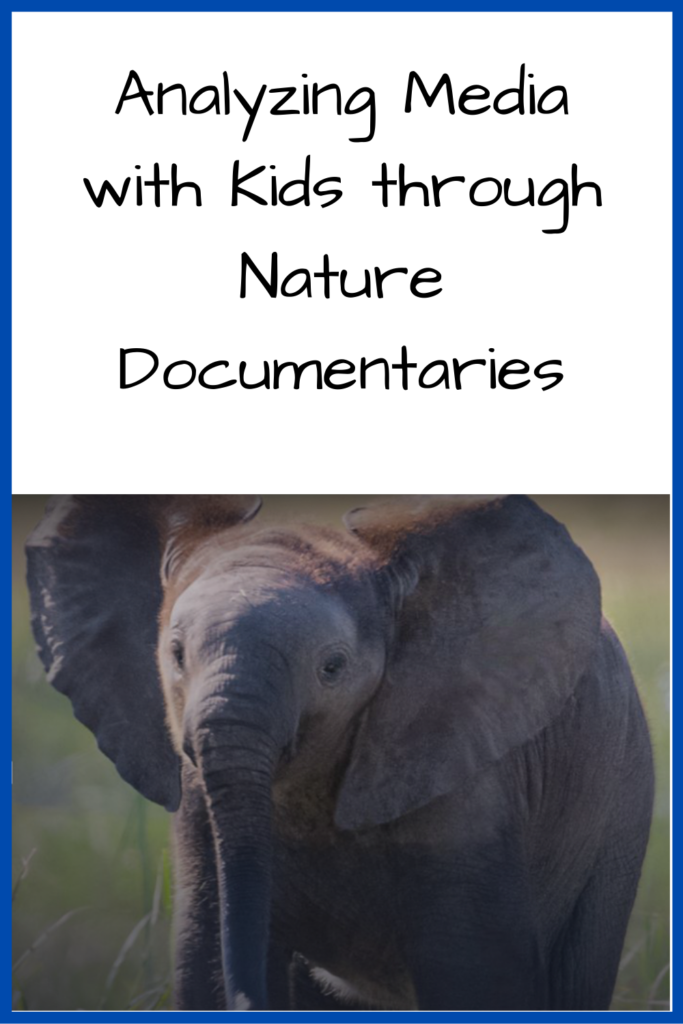
“Why do they say that Africa is the most wild? Antarctica is the most wild!” my older son proclaimed as we listened to the narration of yet another Disney Nature documentary.
“That’s a great question,” I said, as I often do. When you have a kid who is very concerned about getting the facts right, you end up sorting through a lot of difficult but thought-provoking questions. “Some people think of Africa as one big country instead of a continent with a bunch of different countries. And some people also think of it as just animals. But there are a bunch of big cities in Africa, like the city Anna Hibiscus lives in.” I was referring to the book series Anna Hibiscus, where the main character lives in a city within an unnamed country in Africa (most likely Nigeria, based on the author’s background). “But saying that it’s wild is playing off of the false ideas a lot of people have about Africa. It’s good to note that you don’t see any people in these movies. But we know they live there, right?”
Sometimes I’m sure my kids wish that I didn’t have commentary on every bit of media. But perhaps not, because they keep asking questions? Either way, I think it’s important that we interrogate the stories we share. Stories are one way we pass on values to our kids. While some media and kids stories are better than others, none are perfect.
What I really loved about his exclamation was that he was questioning not just the facts of the documentary, but the framing of the message. So often it’s less what’s directly said in our media than what’s missing or unsaid. That’s why it’s so important to walk kids through the assumptions stories have embedded in them. In this case, it was the assumption that Africa is a homogeneous place filled with wild animals, not a place that everyday people live in. It would have been easy to take that statement at face value. But he didn’t.
We’ve also talked about who are the “good” guys and “bad” guys in the documentaries. If you’ve never watched the Disney Nature documentaries, they’re exceptionally heavy on the “animal as main character” trope. They give the main animals names, follow them on their journey, and generally get you extremely invested in them. So you’re rooting for the elephants and against the alligators in the elephant movie. Except that sometimes it follows predators and you’re cheering for them to be able to feed their families. My husband and I pointed out that who we cheered for had everything to do with what animals they characterized and nothing to do with who was good or bad.
Outside of nature movies, we’ve also talked about who gets to be in stories and why. How shows that have one “girl” character among a bunch of boys makes girls feel excluded from adventure stories. How having all white characters leaves out people of different races who deserve to see themselves represented too. It’s pretty great to see my kid get righteously angry over these issues. (Although he still doesn’t agree that Princess Peach needs to rescue Mario one of these days in his beloved games.)
But this goes way beyond kids’ media. I hope as my kids get older, they ask the same questions of news coverage. What assumptions do they make when they describe crime and what kind of harm it causes? What stereotypes are they promoting? How do they describe who is good and bad? How would that change if you shifted perspectives?
It’s pretty amazing how asking a couple of thoughtful questions can change the whole way you look at the world.